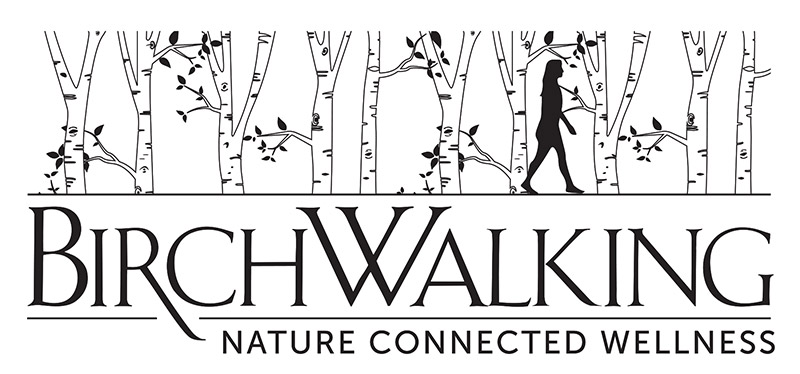Forest Therapy Trail Consultation
“And into the forest I go to lose my mind and find my soul.” – John Muir
Forest Therapy Trail Consultation
The concept of Forest Bathing, also known as Forest Therapy, is gaining global recognition as an evidence-based approach to wellness and health. Forest Bathing sessions consist of gentle walks in which a guide uses a range of techniques aimed primarily at slowing people down from what has become a “normal” frenetic pace and calling attention to sensory experiences of the forest and its environment. Trails used for forest therapy can be in backyards, local, state or national parks, and more traditional settings, like arboretums and botanical gardens, while other places might include spas, hospital gardens, farms, urban parks, retreat centers, and many more. More recently, trails around the world have begun to be assessed and certified as having desirable characteristics for an optimal forest bathing experience. These trails have gone through a rigorous assessment of a range such as accessibility, safety, biodiversity, natural features, and management. Additionally, how the infrastructure and signage can promote both guided and self-guided Forest Therapy experiences on the trail is considered. The intention is to affirm the beauty and dignity of all ecosystems, and so a simple question to ask in the beginning is, “‘Is this a place where people connect deeply with nature?”’ If the answer is ‘yes,’ then we believe this is a good candidate trail. — Urban Edge Forest Therapy
Christine Tappan is a certified Trail Consultant through Association of Nature and Forest Therapy Programs (ANFT). Trail certification provides a new method for engaging diverse community members, public health providers and patients, national and international tourists, and a wide array of partners in the development and implementation of Certified Forest Therapy Trail systems. Health care organizations, employee wellness programs, municipalities and park systems, public and private forest land managers, universities, organizations that promote healthy living, and many more, are potential partners for developing Forest Therapy programs and trails. Maintaining signage promoting designated Forest Therapy Trails increases public awareness of the health benefits of being in forests. An official ANFT Certified Forest Therapy Trail sign will likely pique the curiosity of visitors and propel them to seek more information about Forest Therapy and associated events and programming.

“We finished our forest therapy walk by having tea together and sharing reflections of our experiences. It was a safe and inspiring gathering – no judgement, just listening and being with each other and the trees”.
What is a Forest Therapy Trail
A Forest Therapy Trail is a path or green space where people along a broad spectrum of fitness levels can interact with nature and forests, primarily through their senses. Forest Therapy Trails do not always conform to typical ideas of what constitutes a trail. Some Forest Therapy Trails may be found in more traditional settings, like arboreta and botanical gardens, while other places might include spas, nature-adventure parks, hospital gardens, farms, urban parks, retreat centers, universities, public or private forestlands, conservancies, and other unique settings. ANFT considers trails for certification based initially on criteria such as accessibility, safety, biodiversity, natural features, and management. We also consider how infrastructure and signage can promote both guided and self-guided Forest Therapy experiences on the trail. We strive to affirm the beauty and dignity of all ecosystems, and so, ask yourself, “Is this a place where people connect deeply with nature?” If the answer is yes, then this space is probably a good Forest Therapy Trail candidate.
ANFT certified trails fall into three categories:
Guided Trails
These are designed to support Forest Therapy Guides and those who they are guiding so they can have an optimal experience.
Self-Guided Trails
These trails use signs and other cues to allow visitors to replicate the experience of a guided Forest Therapy session without a guide.
Hybrid Trails
Guides and participants are supported by signs and other infrastructure improvements. There are enough signs for people to have a self-guided experience when a guide is not available.
Acknowledgement: ANFT – Forest Therapy Trail Consultation
Get In Touch
Contact Christine and Suzanna to discuss your individual, family, team, group, or organizational needs and codesign a nature connected wellness experience oriented towards building resiliency and capacity for all humans and beings to live well and thrive together.
